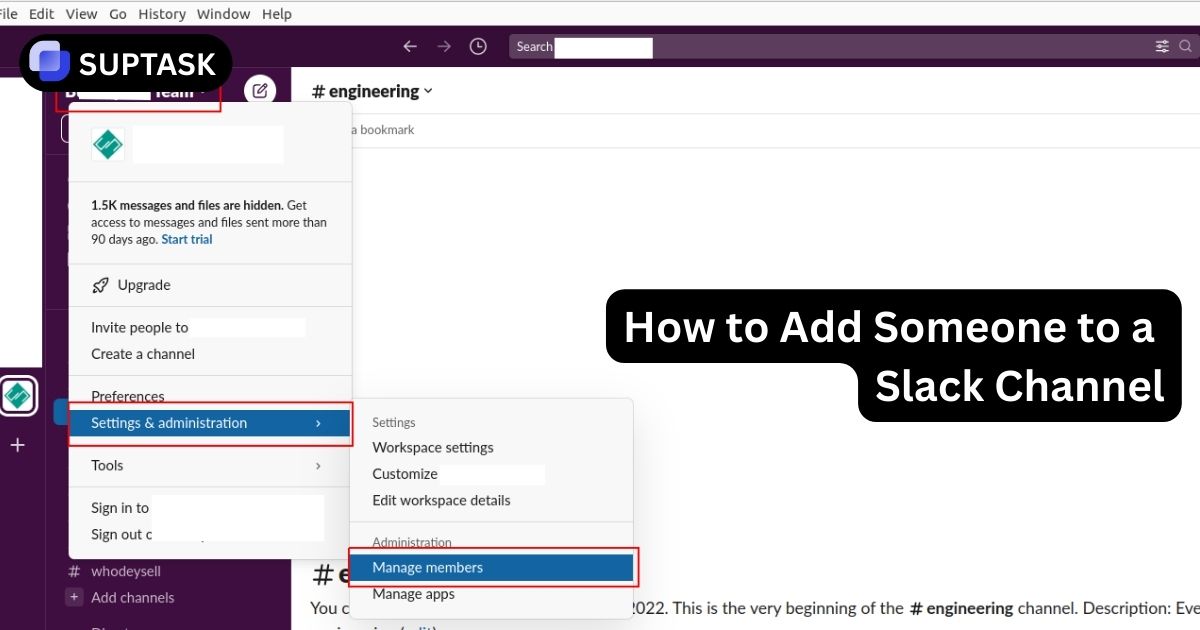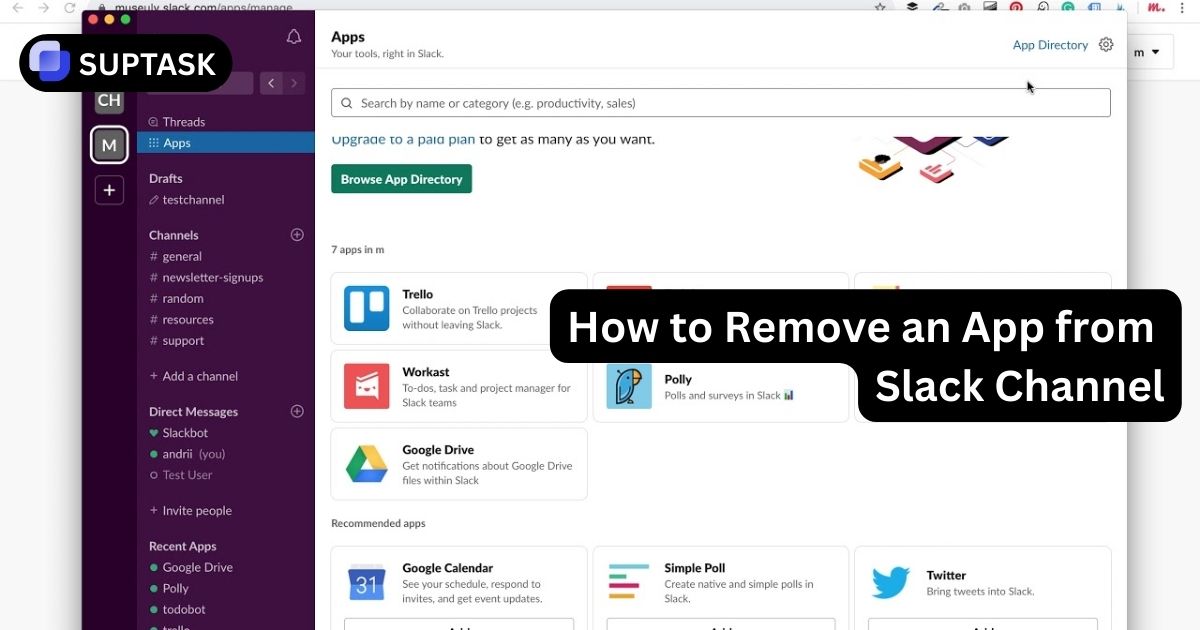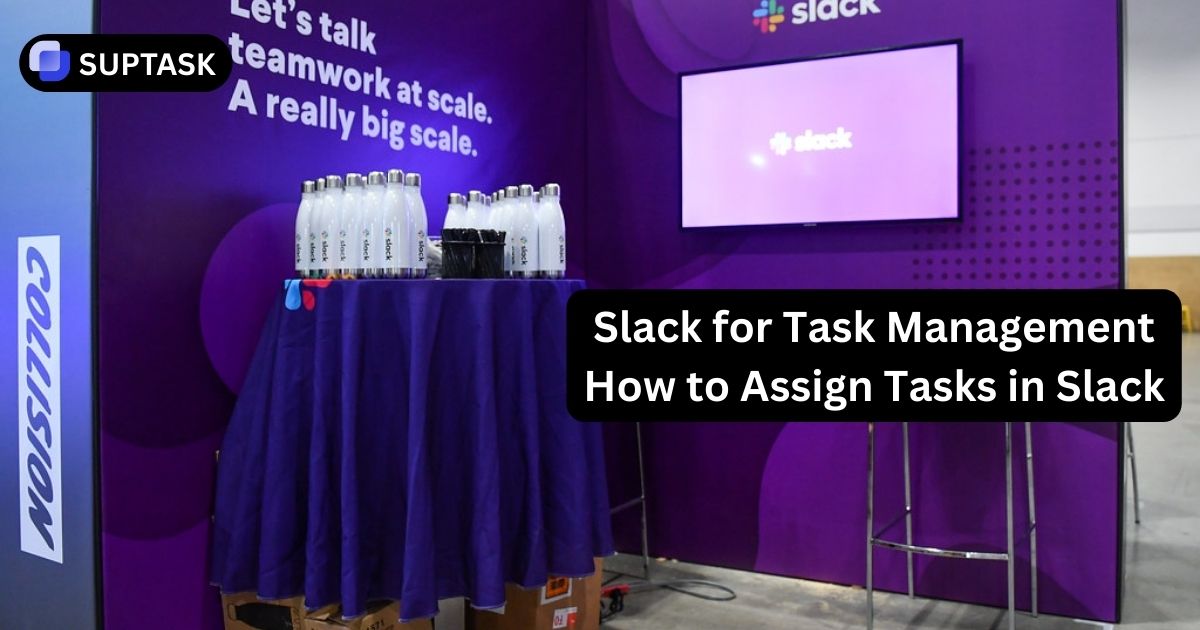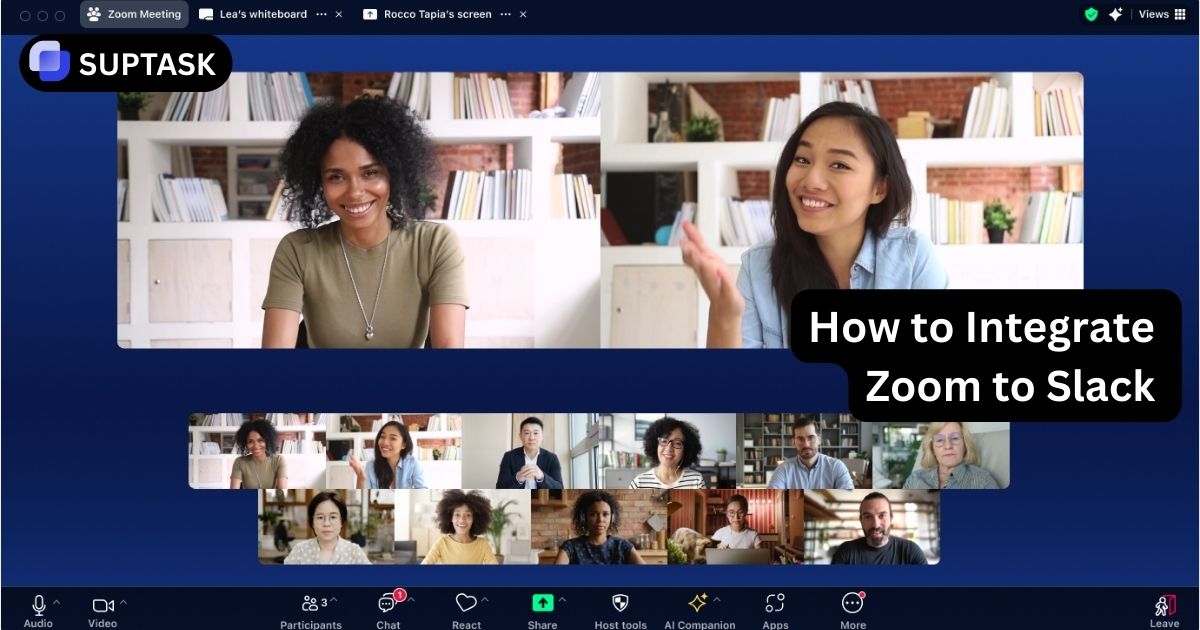Ever wondered whether you should use the term “Helpdesk” or “Help Desk” when discussing your company’s customer support solutions? While the difference might seem negligible, understanding the distinction between the two can improve your approach to customer support. This blog post unravels the nuances between the Helpdesk and Help Desk, explores their applications, and highlights their benefits to help you make informed decisions for your business.
Key Takeaways
- Helpdesk and Help Desk are interchangeable terms that both refer to providing customer service and support.
- Helpdesk software is commonly utilized to enhance scalability, automate processes, and facilitate faster customer service. It complements the efforts of Help Desk teams by providing efficient and personalized support.
- To ensure customer satisfaction, an effective Service Desk should incorporate various components such as the ITIL Framework, ticket management and resolution tools, asset management and break-fix solutions, and internal communication channels.
Get started using Suptask helpdesk software directly within Slack. Try us now for free!
Understanding the Difference: Helpdesk vs. Help Desk
.webp)
Regarding customer support, there is a subtle but significant distinction between the Helpdesk and Help Desk. While both terms refer to a central point for resolving customer issues, Helpdesk generally refers to the software used, while Help Desk refers to the team responsible for assisting, such as an IT service desk.
Helpdesk and Help Desk means the same thing
Although there may be minor variations, both Helpdesk and Help Desk share the same objective of offering customer service and support. Essentially, they are interchangeable and vital for any provider of services.
Helpdesk refers to a software application streamlining customer support actions, while Help Desk denotes a team of personnel tasked with ensuring comprehensive solution delivery.
Helpdesk is more commonly used for software
Helpdesk software is valuable for businesses prioritizing quick and efficient customer support. It helps facilitate tasks related to customer service, such as organizing communications and improving information exchange with customers. The use of help desk software and its desk tools greatly benefits businesses in need of practical customer support.
Help Desk is more commonly used for the team
On the other hand, Help Desk teams are made up of staff members who offer customer service and support. They foster collaboration and work towards resolving problems within the organization.
By utilizing Help Desk teams, businesses can improve communication, enhance customer service, and ultimately increase customer satisfaction.
Key Components of an Effective Service Desk
.webp)
The IT Infrastructure Library (ITIL) framework is an essential component in improving the effectiveness of service desks. This collection of proven methods and processes enhances the management of IT services from start to finish.
ITIL offers a complete framework of processes and procedures that empower organizations to effectively provide IT services.
IT Infrastructure Library (ITIL) Framework
The ITIL framework plays a crucial role in promoting efficient IT service management. It achieves this by standardizing the selection, planning, delivery, maintenance, and overall management of IT services. The key components of the framework include:
- Service Strategy
- Service design
- Service transition
- Service operation
- Continual service improvement
Adopting the ITIL framework brings several benefits, including improved service quality, increased customer satisfaction, better cost efficiency, and streamlined service delivery.
Enhancing Customer Satisfaction with Suptask's Service Desk Software
.webp)
Suptask is a next-generation service desk software designed to boost customer satisfaction. It offers:
- A team-to-team AI ticketing system
- Conversations on Slack
- Ability to find the right answers
- Enhanced collaboration
Our AI ticketing system is designed to focus on user-friendliness and simplicity, providing an intuitive self-service experience for all users. It enables users to navigate and utilize its features efficiently.
Try Suptask free trial.
Ticket Management and Resolution
Incident management entails tracking, managing, and resolving customer requests and issues, including efficient ticket management and resolution. This ensures customer support tickets are addressed promptly and effectively, improving customer satisfaction.
Suptask’s service desk software features Slack ticketing system and tracking for service requests, enabling businesses to stay organized and maintain accountability for help requests. This, in turn, enhances the overall customer experience and satisfaction.
Asset Management and Break-Fix Solutions
Asset management involves monitoring and controlling an organization's assets, such as hardware, software, and equipment. On the other hand, break-fix solutions offer technical support services on an as-needed basis when specific issues arise.
Suptask's service desk software provides a range of solutions to meet the diverse needs of organizations, including assessment management and break-fix capabilities. These features help improve customer satisfaction and support efficient operations.
Empowering Your Team with the Right Tools
Setting your team up for success requires providing them with the right tools. This includes equipping them with necessary resources like a comprehensive help desk knowledge base, problem management solutions, and internal support and communication channels. These resources can significantly enhance productivity and improve customer satisfaction.
Knowledge Base and Problem Management

A knowledge base serves as a central information storehouse, offering answers to questions and solutions to problems. Problem management, on the other hand, is a process that seeks to identify and rectify the root causes of incidents or issues by analyzing patterns and trends to prevent future incidents and enhance overall service quality.
Knowledge management and problem resolution go hand in hand, both striving to provide users with a centralized knowledge platform and efficient solutions to their issues. Implementing these tools in your organization, including the best halp alternatives, can ensure quick and effective resolution of customer problems, resulting in higher customer satisfaction. Furthermore, integrating knowledge management practices can further optimize this process.
Internal Support and Communication Channels
Effective internal support and communication channels are indispensable for any organization to operate seamlessly. These channels include:
- Chat
- Phone
- Other forms of communication
Each type of communication channel offers its advantages and disadvantages, depending on the organization's specific needs.
For example, different communication methods have their advantages and challenges.
- Email is a great way to provide prompt communication, but it can be challenging to monitor conversations.
- Chat offers real-time conversations but can be challenging to trace back.
- Phone calls provide a more personal conversation but may also be hard to trace.
Choosing the proper communication channels for your organization will not only enhance internal support but also contribute to better customer service.
Comparing Helpdesk and Help Desk Solutions
Comparing Helpdesk and Help Desk solutions necessitate considering their distinct benefits and uses.
Helpdesk software focuses on scalability and automation, while Help Desk teams prioritize personalized support and customer-centricity.
Helpdesk Software: Scalability and Automation
Helpdesk software provides scalability and automation, empowering businesses to address customer queries swiftly and efficiently. Automation in helpdesk software streamlines customer support processes, decreases manual labor, and enhances customer satisfaction.
This centralized platform for customer service makes it an ideal choice for businesses looking to grow their customer base and improve customer experience.
Help Desk Teams: Personalized Support and Customer Centricity
On the other hand, Help Desk teams take a customer-centered approach to provide personalized support and solutions. They prioritize human interaction and focus on the following:
- addressing individual customer needs
- fostering relationships with customers
- providing tailored solutions
- ensuring customer satisfaction
Ultimately, Help Desk teams support customers, allowing them to feel valued and comfortable, which can help foster customer loyalty.
Ready to enhance your customer support? Try Suptask for free today and experience seamless ticket management and collaboration!
Frequently Asked Questions
Are Helpdesk and Help Desk interchangeable terms?
Yes, while there are subtle differences in their application, both terms aim to provide customer service and support and are often used interchangeably.
How does Suptask's service desk software improve customer support?
Suptask’s software offers AI ticketing, Slack-based ticket management, asset tracking, and knowledge base features. These tools streamline customer queries, enhance collaboration, and improve resolution times.
How can businesses benefit from using Helpdesk software?
Helpdesk software automates customer service tasks, improves communication, and increases efficiency, making it ideal for scaling businesses and enhancing the customer experience.
Can Helpdesk software replace a Help Desk team?
While Helpdesk software enhances efficiency through automation and scalability, it complements rather than replaces a Help Desk team, which provides personalized and human-centric support.













